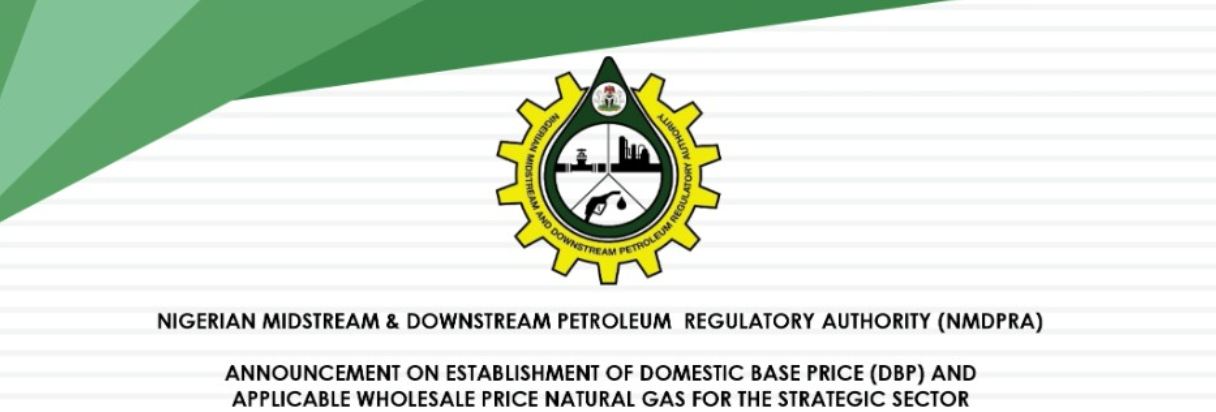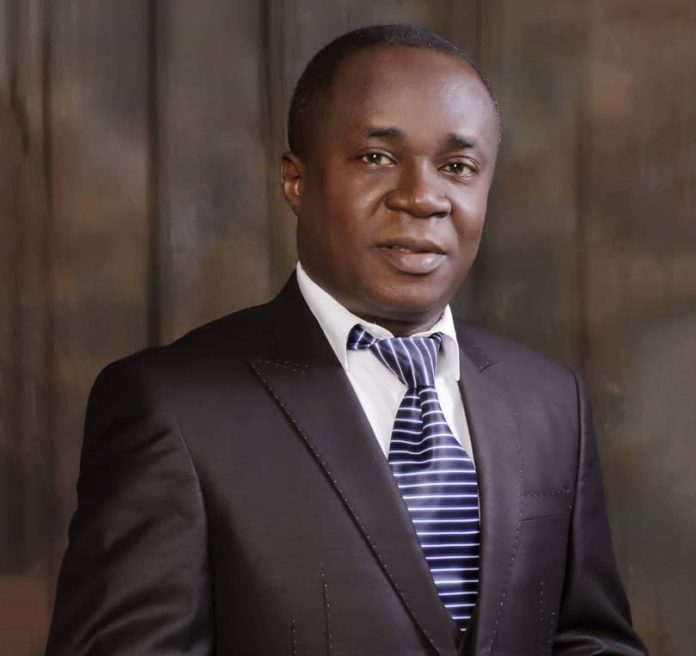To many close watchers of the Nigerian economy, the recently published National Bureau of Statistics second quarter GDP report was an upside surprise; to some others, it was confounding to say the least. In it, the NBS had disclosed that ‘Nigeria’s Gross Domestic Product (GDP) grew by 5.01% (year-on-year) in real terms in the second quarter of 2021, marking three consecutive quarters of growth following the negative growth rates recorded in the second and third quarters of 2020’. While the surprise element is the unexpected and quantum leap from a weak 0.51% recorded in the previous quarter to over 5% in Q2 of 2021, the confusion stems from two seemingly contrasting statements in the report.
The Puzzle
In one paragraph, the report stated that ‘the Q2 2021 growth rate was higher than the -6.10% growth rate recorded in Q2 2020 and the 0.51% recorded in Q1 2021 year on year, indicating the return of business and economic activity near levels seen prior to the nationwide implementation of COVID-19 related restrictions’. In another paragraph, it admitted that ‘nevertheless, quarter on quarter, real GDP grew at -0.79% in Q2 2021 compared to Q1 2021, reflecting slightly slower economic activity than the preceding quarter due largely to seasonality’. In other words, real GDP growth rate in Q2 2021 rose year-on-year but actually fell on a quarter-on-quarter basis- herein lays the puzzle. Little wonder the Vanguard Newspaper of Friday August 27 2021 had a front page story titled ‘GDP rises 5% YoY, declines 0.8% QoQ’. What does one make of this seeming antithesis? The answer can be found in what is generally termed the ‘base effect’.
Making sense of ‘Base Effect”
To be sure, the base effect arises whenever a current data point or point of interest is expressed as a percentage of another data point or base. Expectedly, comparisons using different base values will produce varying results. In line with International standards outlined under the United Nations Statistics Division (UNSTATS), the NBS computes GDP as ‘gross output minus intermediate consumption’. This data is provided on a year-on-year basis as well as quarter-on-quarter basis. The base effect, also applicable with respect to computation of inflation rates, relates to GDP in the corresponding period of the previous quarter or year. If the growth rate was too low in the corresponding period, other factors remaining same, it is likely that the current rate will be high and vice versa.
This is partly the reason frontier and emerging economies record higher GDP growth rates than developed economies. Take the case of Indonesia for example, in the second quarter of 2021, the country is reported to have pulled out of economic recession with a very strong GDP growth rate of 7.07% which was the strongest in 17 years attributed in part to base effect. It is also why war-ravaged economies appear to grow faster than stable economies following cessation of hostilities.
Spotting Base effect in NBS Q2 2021 GDP Numbers
It is easy to spot the base effect in the Q2 2021 GDP numbers released by the NBS. The year 2020 recorded real GDP quarterly growth rates of 1.87%, -6.10%, -3.62% and 0.11% for the first, second, third and fourth quarter periods respectively. The second quarter of 2020 witnessed the deepest contraction in economic activity in 2020 with real GDP growth rate of -6.01% year-on-year. This quarter also had the least number of economic activities recording positive growth. So, as the Nigerian economy gradually recovers, the dramatic decline in Q2 of 2020 becomes the starting point for calculating 12-month growth rates giving rise to base effect in the 2021 Q2 numbers.
It is pertinent to note that the impressive Q2 2021 real GDP growth was recorded despite drop in average daily oil output from the previous quarter. Essentially growth was powered by the non-oil sector. The high performers include Transport (76.81%), Trade (22.49%) and Information & Telecom (5.55%). In the case of these sectors, much as the resumption in economic activities played a huge part, the echo of 2020 could equally be noticed as Transport had contracted deeply by -57.25%, Trade had plunged significantly by -16.59% while Telecom was already high at 17.36% in Q2 of 2020 explaining in part why it printed at 5.55% in Q2 of 2021. So, there is evidence of the effect of the corresponding base or period of the previous year on current growth numbers.
As a corollary, despite positive real GDP growth rates recorded by Transport (76.81), Real Estate (3.85%), Manufacturing (3.49%), Construction (3.70%) and Accommodation & Food Services (1.97%) on year-on-year basis, these sectors actually contracted on quarter-on-quarter basis recording -9.5%, -0.72%, -13.01%, -23.06% and -61.11% respectively. Regrettably, the trajectory of the Agric sector gives cause for concern. This is because the sector actually underperformed relative to the previous two quarters dropping from 3.42% year-on-year growth rate recorded in Q4 of 2020 to 2.28% in Q1 of 2021 and to 1.3% in Q2 of 2021. Given that the sector employs over 60 percent of the population, it is not difficult to see why unemployment rate is on the rise while food inflation rate has remained sticky downwards.
What to expect in Q3 and Q4
If the base effect is a useful indicator, then the real GDP growth rates for the third and fourth quarters of 2021 will likely be lower than the high rate recorded in the second quarter. This is because the real GDP growth rates in the corresponding periods in 2020 of -3.62% and 0.11% respectively were significantly higher than the -6.10% recorded in the second quarter of 2020. On the flip side, barring any further decline in average daily oil production, the oil sector is most likely to record improved numbers buoyed by the base effect given that it shrunk by -13.69% and -19.76% in Q3 and Q4 of 2020 respectively compared to -6.63% contraction recorded in Q2 of 2020.
According to the NBS, the GDP growth rate Year to Date, (Jan to June 2021) came in at 2.70% compared to -2.70% recorded in the first half of 2020. At this rate the projection of 3% real GDP growth rate contained in the 2021 budget looks realistic.
The Bottom line
All said, the Q2 2021 real GDP performance as reported by the NBS is cheering news for Nigeria that sends positive signal to local and foreign investors regarding the resilience of the Nigerian economy despite security challenges. This is especially so in view of the fact that longer-term trends such as the 12-month growth rate are considered more important than short-term changes reflected in the quarter-on-quarter numbers which are often volatile. Given that GDP growth is a necessary condition for economic development, it also raises the prospects of inclusive growth- that which promotes job creation and poverty reduction in the medium-to-long term. The challenge therefore should be how to ensure that this relatively strong GDP growth is not only sustained but is made inclusive.
Uche Uwaleke, a Financial Economist, is a Professor of Capital Market at the Nasarawa State University Keffi.







































